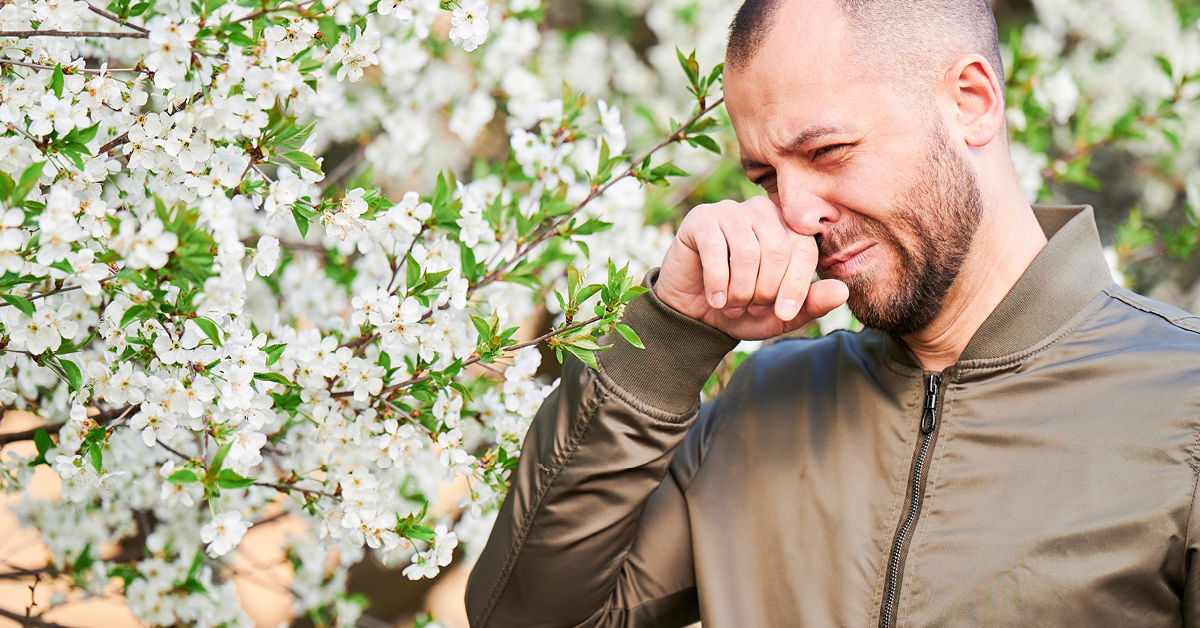
The Three A’s of Autism
April 2024
Beyond Reps and Sets: The Social Benefits of Gym Membership
April 2024by Kristy Como Armand
Gardening is a satisfying activity enjoyed by many, but seasonal allergies can make it difficult to allow your green thumb to fully express itself in the summer months.
Seasonal allergic rhinitis, or “hay fever,” affects more than 35 million people in the United States. These allergies are caused by substances called allergens, airborne pollens and mold spores that commonly trigger symptoms beginning in the spring and continuing through the summer. During these times, sufferers experience symptoms such as sneezing, congestion, a runny nose, and itchiness in the nose, roof of the mouth, throat, eyes and ears.
Ear, nose and throat (ENT) and allergy specialist Bridget Loehn, MD, with Imperial Health, says there are some simple steps you can take that will get your hands back in the dirt this summer. “Paying attention to what you grow and reconsidering the types of flowers and trees you are planting near your home can eliminate many allergy triggers.” Dr. Loehn explains that different plants produce different levels of pollen, therefore producing different levels of allergic reactions.
The American Academy of Allergy, Asthma and Immunology (AAAAI) offers the following guidelines for minimizing the impact of seasonal allergies on your gardening activities:
Native plants:
These are advantageous for people with allergies because they require little effort, withstand the climate extremes in various regions of the country and do not need fertilizers, water or pesticides.
Colorful flowers:
Plants with bright, showy flowers are better for people who have allergies. Their pollen is large and because they are pollinated by insects, the pollen is seldom airborne. Plants that cause allergies usually have flowers that are small and insignificant looking and have no color for attracting nectar. They are usually wind pollinated and produce great amounts of pollen that is buoyant and without much surface ornamentation.
The following trees, shrubs, and plants are less likely to trigger allergies:
Alyssum, crocus, hosta, narcissus, snapdragon, apple, daffodil, hyacinth, pansy, sunflower, Azalea, dahlia, hydrangea, pear, tulip, begonia, daisy, impatiens, petunia, verbena, cacti, dogwood, iris, phlox, viburnum, cherry, dusty, miller, lilac, plum, zinnia, clematis, geranium, lily, roses, columbine, hibiscus, magnolia, salvia
Avoid the following trees in your landscaping:
Alder, cottonwood, olive, ash, cypress, palm, aspen, elm, pecan, beech, hickory, poplar, birch, juniper, sycamore, box, elder, mulberry, walnut, cedar, oak, willow
Dr. Loehn suggests these additional steps avid gardeners can take to avoid the pollens and molds that cause sneezing, itchy eyes and other allergic reactions:
- Antihistamines or nasal sprays can be used before outside activities. Check with your physician to find out which ones are right for you.
- As soon as your outside work is complete, wash your clothes and hair to remove excess dust and pollen.
- Do your gardening on days when the pollen count is low, or the day is cool, cloudy or less windy.
- Instead of using straw, use black plastic mulch in its place.
- Pollen exposure can be reduced by wearing gloves, goggles and masks. Also avoid touching your face and eyes while working outdoors.
“If seasonal allergies routinely interfere with your enjoyment of outdoor activities, then you should consider seeing an allergy specialist for identification of your specific allergy triggers and an appropriate management plan for your allergies,” says Dr. Loehn. “There are many treatment options that can get you back behind a shovel, pruners or mower whenever the urge strikes you.”
For more information about allergy symptoms and treatment, call Dr. Loehn at (337) 312-8950.






